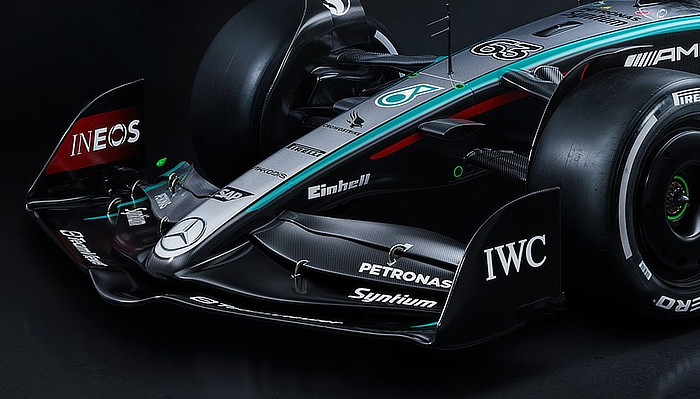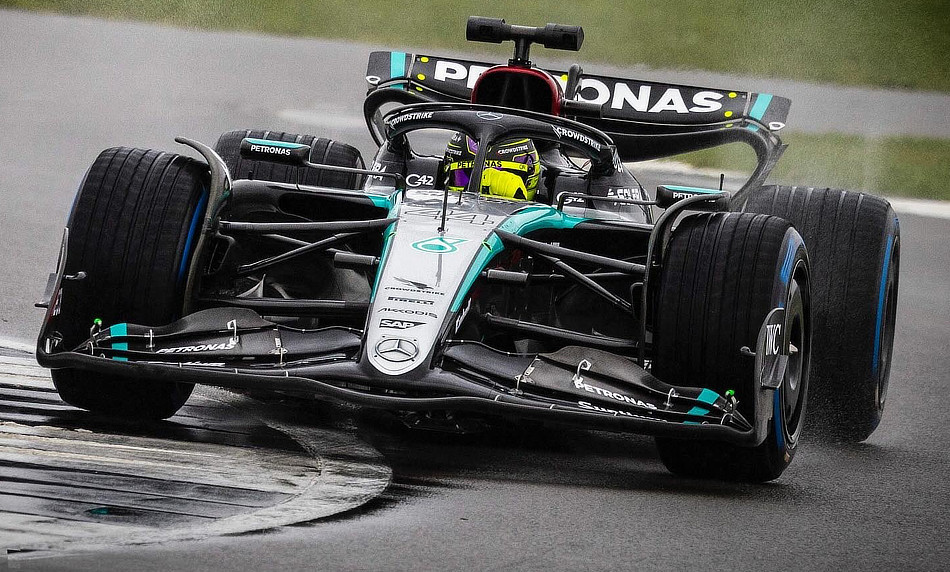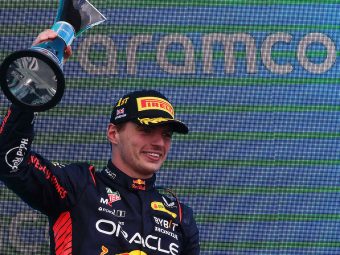Usually, I find myself overlooking the F1 pre-launch season schedule, particularly when the regulations remain unchanged. The F1 pre-season launch is designed to blend into the well-oiled machinery of press and marketing campaigns, aimed at elevating sponsors as much as informing the ever-attentive F1 fanbase. It’s common practice for F1 teams to reserve the debut of the actual race-spec car for the first race of the season which typically showcases entirely different aerodynamic elements.
However, Mercedes has taken an intriguing approach. Instead of the usual launch routine, they’ve opted to unveil what appears to be a fully prepared race-spec car during the pre-season publicity launch. Last year’s W14 was a unique amalgamation, resembling a Frankenstein-esque race car. Mercedes began the season with zero-side pods, only to later pivot towards the “Red Bull” philosophy.
The W14 could be likened to slapping a sizable wing onto a Nissan Micra and hoping for a speed boost. However, with the W15, Mercedes has made a significant shift, leaving behind the “zero-sidepod” philosophy and fully embracing the “Red Bull” ground effect direction.
Consequently, this year’s Mercedes appears markedly distinct from its predecessor, although it aligns with the design and engineering trends prevalent among teams in this ground-effect era.

In 2024, we witness a convergence of technical concepts spearheaded by Red Bull. Yet, for Mercedes, the challenge lies in mastering the optimization of the W15, translating theoretical advancements into competitive lap times. In this phase of convergence, even minor innovations can yield significant gains in unlocking raw speed, making the front wing design of the W15 a focal point of keen interest.
One of the myriad small innovations drawing attention to the W15 is its intricately designed front wing. It showcases meticulous detailing aimed at effectively channelling and controlling high-pressure air and vortices, facilitating enhanced aerodynamic efficiency. The aim of the design is to enable the front end to efficiently slice through the air, akin to a hot knife seamlessly cutting through butter.
While the latter analogy may seem basic, it’s a fairly close depiction of the W15’s aerodynamic potential. The theory underpinning the W15’s front wing underwent rigorous virtual simulations and wind tunnel testing. The extent to which these test results will accurately reflect real-world performance remains uncertain until formal on-track testing commences.
However, be prepared to hear much talk about “legality wires,” in the early stages of the 2024 season.








